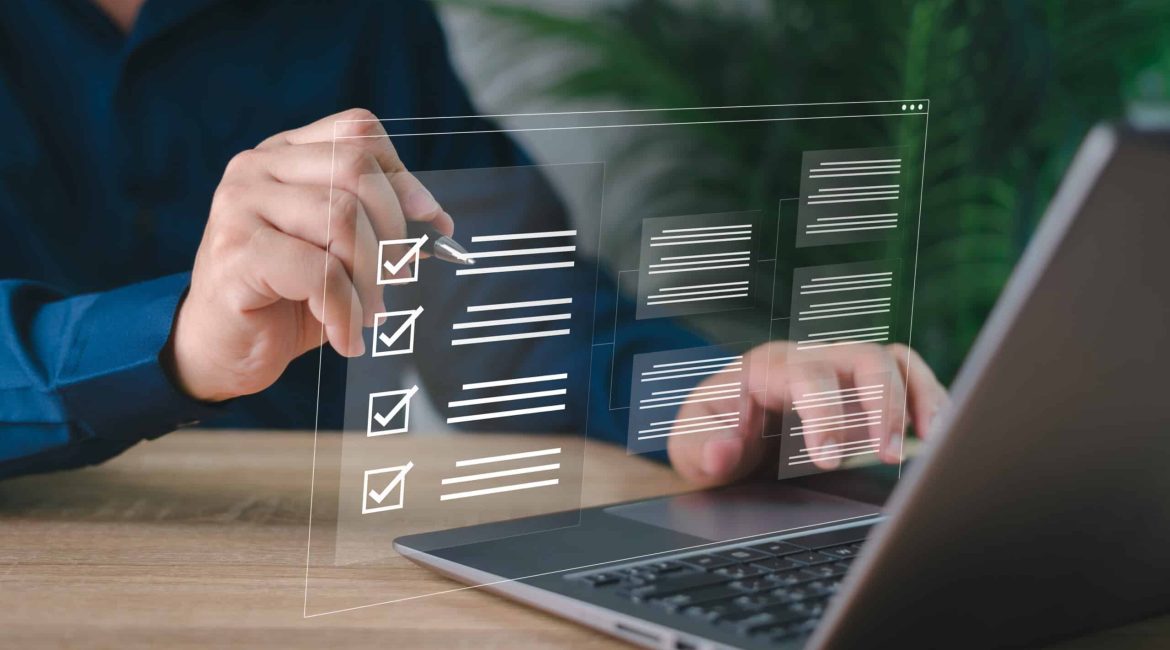By equipping channel partners with the necessary knowledge and skills, organisations can accelerate the onboarding process, enabling partners to sell and support their products and represent their brand effectively.
In this article, we explore the significance of channel partner onboarding and outline a comprehensive checklist to ensure a smooth and productive onboarding experience.
What is Channel Partner Onboarding?
Channel partner onboarding refers to the process of integrating new partners into a partner network, enhancing your relationship and enabling them to promote, sell and support your products or services to a wider audience of end-users. It involves imparting the knowledge, skills and resources required for partners to represent the company and contribute to its growth.
Pre-Onboarding Activities
Before initiating the onboarding process, it is important to select the right channel partners, develop a comprehensive onboarding plan and establish clear expectations and guidelines through the exchange of contracts.
Recruitment and selection
Identify potential channel partners whose values, expertise and target audience align with your objectives. Implement a structured selection process to ensure the right partners are chosen – recruiting the wrong partners wastes valuable time and resources.
This stage is not just focused on identifying the best potential partners, but also providing an attractive and engaging offering to motivate those chosen partners and convince them to invest in your business relationship.
Engagement and planning
Once you have selected your partners, you need to work to engage them in every facet of your organisation and create a partner-centric environment that supports them from all departments, not just training.
Develop an onboarding plan outlining the objectives, timeline and key deliverables from each side. Define the training methodologies, resources and tools to be utilised. You should also define partner expectations, including their specific training requirements and what resources you will both commit to and when.
Establish clear expectations and guidelines through legally binding agreements. Document the roles, responsibilities and partnership terms to ensure a mutually beneficial relationship.
Related reading: Channel Sales: A Comprehensive Guide
Our Channel Partner Onboarding Checklist
1.Initialise communication
The first step of your channel partner onboarding checklist should be to welcome your partners to your program, which starts with establishing an open channel of communication that you will continue throughout your partnership. Begin with a kick-off call to ensure everyone is on the same page and to show your commitment towards the partnership. At this point, an onboarding timeline should also be discussed and provided.
2. Offer education
Providing training to new channel partners is essential for several reasons. Firstly, it helps speed up the onboarding process by ensuring that partners have the knowledge and skills they need. This means they can start generating revenue more quickly and contribute to the bottom line sooner.
Secondly, training also helps to establish stronger partnerships between the company and its channel partners. By investing in their partners’ education, companies demonstrate a commitment to their success, which builds trust and fosters a sense of loyalty, leading to long-term partnerships that are mutually beneficial and highly productive.
You should offer comprehensive product training, sales enablement materials and marketing collateral to empower your partners.
Proper education will help your partners to avoid missed sales opportunities, dissatisfied customers and increased support costs or a damaged reputation.
Many companies are good at delivering initial partner training but have trouble with ongoing updates. It’s crucial to maintain your training program and continually communicate new information with your partners.
Related reading: 8 Ways to Create Effective Channel Partner Training
3. Assist selling and promotion
The next stage is fully supporting partners throughout the collaborative sales process. This begins with providing the marketing and sales support needed for a partner to promote your product or service and continues with complete partner and customer support after the sale.
Your plan should feature measurable goals, assignment of responsibilities and timelines for actions, all of which should be regularly reviewed.
This stage should include technical training, industry expertise, and sales training, all of which provide a comprehensive skill set that enables your partners to fulfil their roles effectively.
4. Provide leads
A great way to get the ball rolling with your partners is to provide them with leads so that they can get selling right away. One of the main benefits of partnership is that your partners will eventually bring leads to you, but providing your partners with the leads initially allows them to focus on putting their training into practice and hone their skills in selling your products.
This will also give your partners a jump start towards their sales targets and gives them confidence in your partnership because they know you are ready and willing to invest in them for your mutual success.
5. Encourage motivation
The next challenge is to keep them motivated to continue using their newfound knowledge and expertise.
Long-term motivation has to come from understanding your partner’s strategic goals and ensuring that you are aligned in helping to achieve them.
In the shorter term, certifications, accreditations and badges are great incentives and offer your partners the opportunity for self-promotion and a rewarding way to track their progress. You may even consider offering discounts for increased engagement with your training. Incorporating gamification into eLearning courses is also great for encouraging internal competitiveness and motivation.
Related reading: How to Motivate Channel Partners
6. Monitor and check
Effective management of a partner training program is the key to success. Without proper measurement, neither performance nor productivity can be tracked or modified. Having a clearly documented training plan with partners is also essential. When planning your training program, it’s important to establish key performance indicators to enable you to monitor progress.
7. Define metrics and KPIs
Define key performance indicators (KPIs) to assess partner progress. Track metrics such as the revenue generated, customer satisfaction and adherence to sales targets to measure the effectiveness.
8. Regularly communicate and support
Maintain open lines of communication with partners, providing continuous support and guidance throughout the onboarding journey. Address any challenges or concerns promptly to ensure partners feel valued and supported.
Related reading: How to Measure Product Knowledge (and why it’s important)
Why is Channel Partner Onboarding Important?
Effective channel partner onboarding holds several key benefits for both your company and your partners.
Your onboarding program is also the first time your partners will experience your business – you won’t get a second chance to make a first impression. Onboarding sets the standard for what you expect from your partners and what they can expect from you in terms of support and your investment in your mutual success.
Here are some of the ways that onboarding is important to your channel partner program:
Relationship building
Proper onboarding builds the foundation for a strong and successful partnership. It’s the first chance to show your partners that you are dedicated to their success and are prepared to support them. A promising first impression can set a positive tone for the entire relationship.
Product and sales knowledge
Channel partner onboarding gives your partners a deep understanding of your products or services and how to sell them. They need this knowledge to sell and support your offerings effectively. Without it, they may struggle to communicate the value of your products to their customers.
Training in processes and tools
Onboarding is the time when partners learn how to use your systems, processes and tools. They might need to learn how to place orders, manage customer service issues or use your CRM. The better they understand your processes, the more efficiently they can work.
Expectation setting
During onboarding, you can clarify what you expect from your partners and what they can expect from you. This might include sales targets, training requirements, marketing support and more. Clear expectations help to prevent misunderstandings and conflict later on.
Increased sales and profitability
Properly onboarded partners are more likely to be successful in selling your products or services, leading to increased sales and profitability for both you and your partners.
Decreased partner turnover
When partners feel valued, understand your products, and know how to navigate your systems, they are less likely to leave your network for another opportunity.
Brand consistency
Onboarding also helps ensure that your brand is represented consistently – a critical part of maintaining a unified brand image and voice across different regions and markets.
Remember, the goal of onboarding is to inspire, educate and empower your channel partners to achieve their full potential. The more capable and confident your partners are, the more successful they’ll be in promoting your brand and driving revenue.
Using a channel partner onboarding checklist is the best way to ensure your process is successful and that you can reap these benefits.
Summary
Channel partner onboarding plays a pivotal role in establishing strong partnerships and driving business growth. By investing in partner education and support, you can expedite the onboarding process, foster loyalty and enhance partner productivity. From pre-onboarding activities to comprehensive training and ongoing monitoring, each step contributes to a smooth and successful onboarding experience.
From our years of experience in global channel partner training programs, we have created a suite of services designed to allow your training program to be delivered, without an internal team required.
If you are interested in learning more about how we can work in partnership with you to deliver a high-quality, well-supported and engaging training program, then book a chat with us now.











